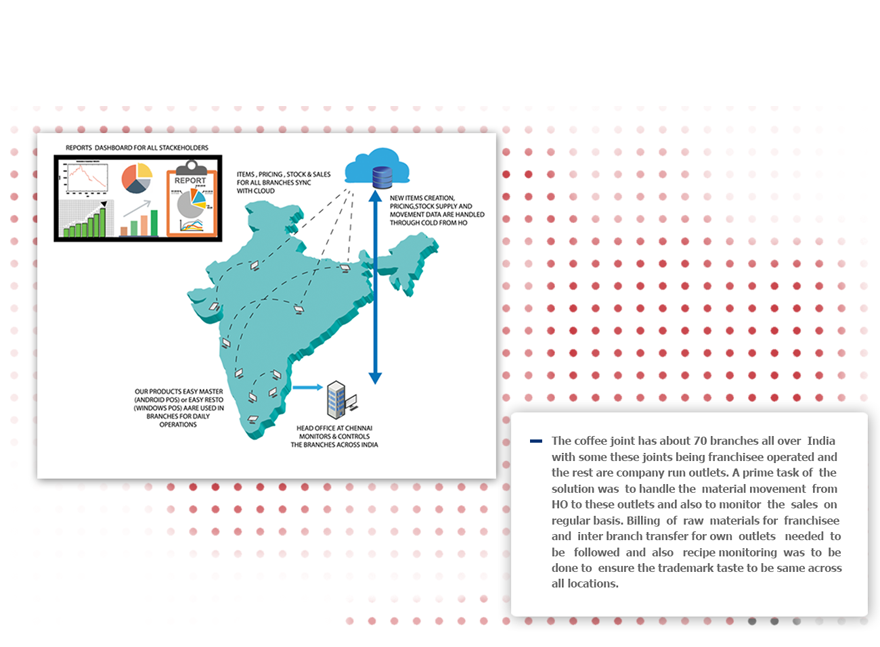

That will bring the stronger low off the California coast (see Mid-tropospheric water vapor loop from Colorado State satellite slider) through the southern and central Rockies. The pattern of low pressure systems running along the fronts will continue into Friday. That rain has a good chance of producing flooding in Texas late in the week (see Days 3-5 on the NWS WPC Excessive Rainfall Outlook). This oppressively humid air likely will stay to the south of Minnesota throughout the week, so the heaviest rain is forecast in Texas, Arkansas, and Louisiana through the rest of the week. That's why the bigger thunderstorm blobs are in Kansas, Nebraska, and Missouri overnight (see Shortwave Albedo loop from Colorado State satellite slider menu) since these areas have the moistest air riding over the top of the slightly cooler air to the north of the southern front. The really humid air with dew points in the 60's and even 70's (green numbers on the 4 PM Tuesday NWS WPC North America zoom-in map) is to the south of the Kansas-Arkansas front. That's near where the National Weather Service has put the slow-moving front (see 4 PM Tuesday NWS WPC North America zoom-in map), but I'd put it just where the east winds shift to the southeast and the dew points climb into the upper 50's (see NWS Aviation Weather Center METAR map). The showers and thunderstorms that developed overnight (see Shortwave Albedo loop from Colorado State satellite slider menu) have been moving mostly west-to-east just to the north of the area where the dew points have climbed (see NWS Aviation Weather Center METAR map). On the above scale, Minnesota will likely remain in the uncomfortable humidity for the rest of the week (dew points in the upper 50's today into Friday, climbing above 60 Saturday). Warm and Uncomfortable Conditions Remain Through Week's End Since meteorologists use the amount of moisture in the air to forecast comfort and the chance for thunderstorms and rain, we prefer to use the dew point over the relative humidity. This change from mid-afternoon to midnight was due to BOTH the additional moisture and the cooling. However, the clouds and rain also brought the temperatures back to the lower 60's, so the relative humidity rebounded to over 90 percent. After that rain and the continued south winds from the more humid air over Iowa and Nebraska (see 4 PM Tuesday NWS WPC North America zoom-in map), dew points climbed into the noticeable to uncomfortable upper 50's. The humidity did spike up later when the late afternoon and evening rain showers blew up (set frames to at least 96 on the College of DuPage north central US radar loop) and moved into central Minnesota. More Scattered Showers and Thunderstorms, Pushing Dew Points Upward So, the actual amount of moisture in the air had increased, but the afternoon air was only 53 percent full.
/cloudfront-us-east-1.images.arcpublishing.com/gray/4JEJMHKBHNATDMN75BLOCI3KFU.jpg)
For every 18 degree increase in temperature, the air's capacity to hold water vapor doubles. By mid-afternoon (3 PM or 14:53 in military time), the dew point had edged upward to 54 degrees, approaching the noticeable level. However, the relative humidity was 87 percent, meaning that the air was nearly full. At 7 AM, the temperature was 54 degrees and the dew point was OK at 50 degrees. This effect happened yesterday (see NWS: last 72 hours of St. The capacity of the air to hold water vapor increases so much with temperature that a warm day with a 70 degree morning temperature could begin with a 100% relative humidity and end up with a 40 or 50% percent humidity, even though temperatures are in the 90's and the dew points are still around 70. Unfortunately, relative humidity changes BOTH due to adding or subtracting water vapor to the air AND due to the temperature of the air.
#LOCAL CLOUD MAP FULL#
Relative humidity seems easier to use, since it just shows "how full of moisture the air is," like the gas gauge in your car. Note also that I am using dew point as the measure of humidity. Still a break in the really humid weatherĭangerous levels of humidity for strenuous activityĪnnual Nag - Meteorologists Prefer Dew Point Over Relative Humidity Weisman's Dew Point Scale for Minnesota Muggy


 0 kommentar(er)
0 kommentar(er)
